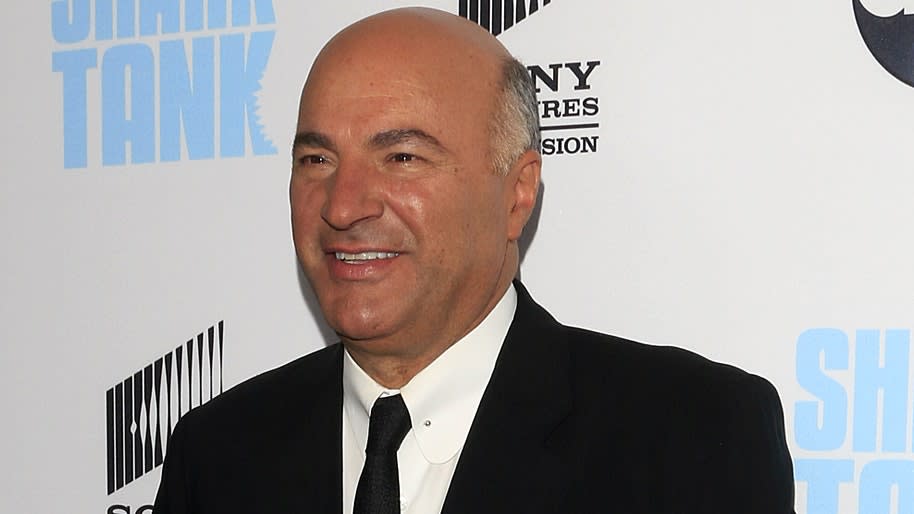Radio show host and financial guru Dave Ramsey doesn’t seem to mind taking a contrarian view of personal finance. So he probably wasn’t surprised at the pushback he got for proposing an 8% retirement rule rather than the more conventional 4% retirement rule.
Check Out: Retirement Spending — 9 Things Even Spendthrifts Don’t Waste Money On
Read Next: 4 Genius Things All Wealthy People Do With Their Money
As Morningstar noted, Ramsey recommended that retirees invest all of their assets in equities and then withdraw 8% a year of the portfolio’s starting value, with each year’s expenditures adjusted for inflation. For example, if you have a $500,000 starting portfolio, you would withdraw $40,000 in Year 1. If inflation is 3%, you would withdraw $41,200 in Year 2, $42,436 in Year 3, and so on.
The idea is that the typical stock market return of around 10%-11% a year will cover your 8% and the inflation. That’s much different than the 4% rule, which recommends that you spend no more than 4% of your investments during the first year of retirement and then adjust the total every subsequent year to account for inflation.
Like any financial rule, the 4% rule and 8% rule don’t apply to everyone. It largely depends on your financial situation. In the case of Ramsey’s 8% rule, the assumption is that you have amassed a big enough nest egg that you can pull out at least 8% a year for many years.
Learn More: Suze Orman — Why Even Big Retirement Savers Are at Risk
Wealthy people know the best money secrets. Learn how to copy them.
Americans May Not Be Able To Afford Ramsey’s Retirement Rule
The problem is, most Americans do not retire with a big nest egg. A 2023 analysis from Synchrony Bank looked at different retirement savings estimates and found the following data:
None of those savings figures will allow for much spending money according to the 8% rule. If you have $232,710 in your portfolio, then you would need to get by on $18,616.80 your first year of retirement, along with any Social Security income you have. The average Social Security retirement payment is $1,866.44 a month as of April 2024, according to the Social Security Administration.
If your savings is $164,000, then the 8% rule gives you $13,120 to spend your first year of retirement (in addition to Social Security).
An 8% Retirement Rule May Be Possible (If You Retire Later)
Even if you have a fairly large nest egg, Morningstar found that the 8% rule probably works best if you retire later in life, such as in your 70s, which shortens your life expectancy in retirement.
According to Forbes, you can realistically retire on an 8% withdrawal rate — as long as you choose a good closed-end fund (CEF) with a “steady 8% yield.” The trick is getting that steady yield (along with a high opening balance). But you also need to consider than your portfolio will tank in certain years.
“Volatility does two things to safe withdrawal rates,” ThinkAdvisor noted in a blog. “First, it means that retirement portfolios can fall in value. When retirees withdraw a fixed amount from an investment portfolio that has fallen in value, it chips away at a nest egg that has already suffered a beating. The portfolio is now smaller. Less savings means less money that can rise in value when returns go back up.”
More From GOBankingRates
This article originally appeared on GOBankingRates.com: Can You Realistically Follow Dave Ramsey’s 8% Retirement Rule?
Signup bonus from





